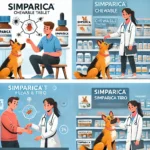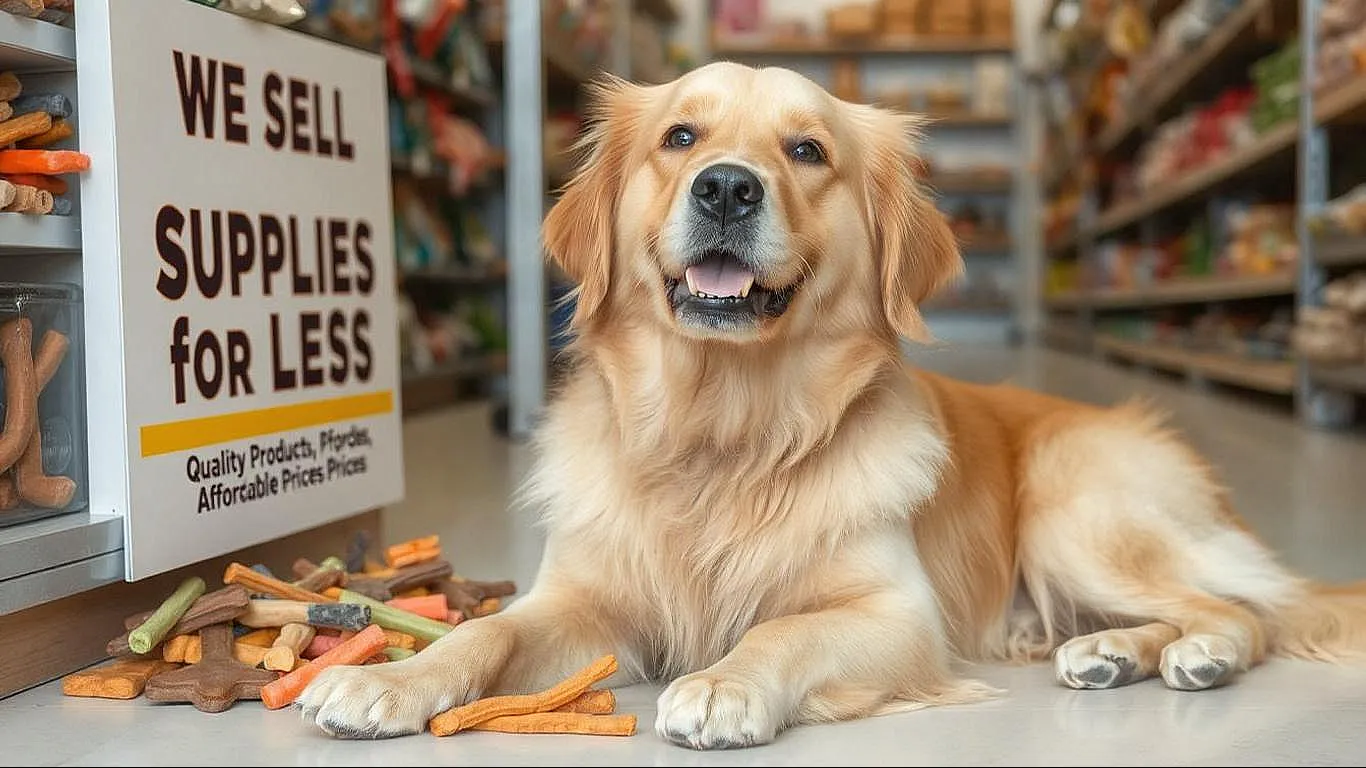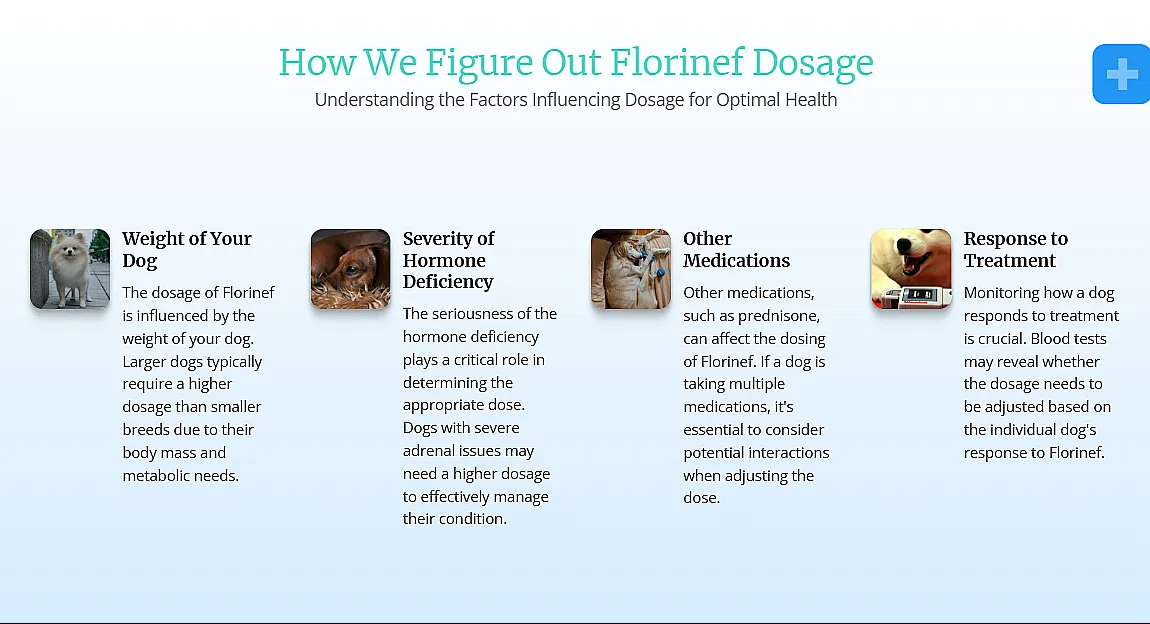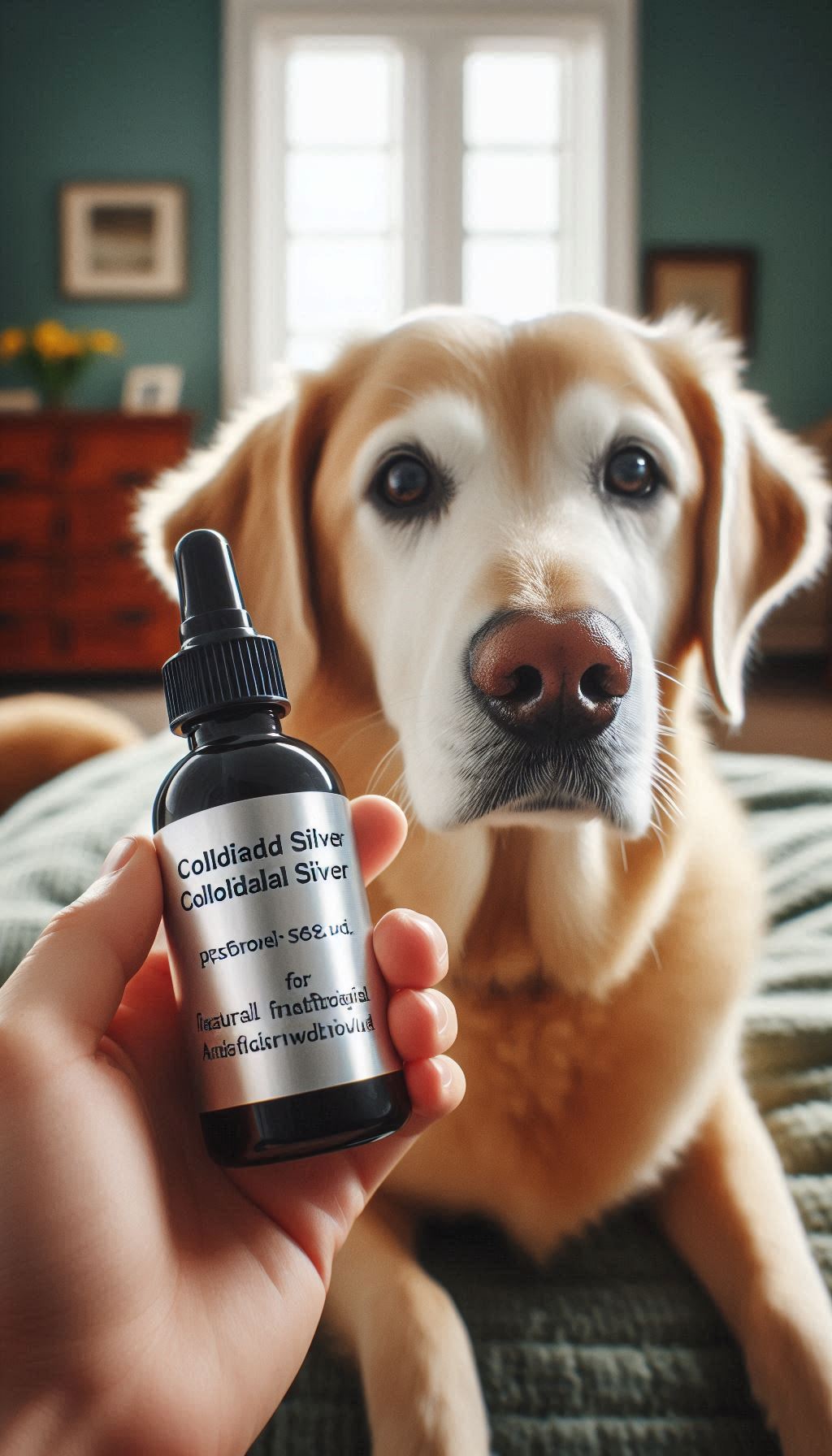As a pet owner, it is important to ensure that you are providing your furry friend with the best nutrition possible.
However, with so many different dog food options on the market, it can be challenging to determine which product is the best fit for your pet.
One crucial tool for making informed decisions about dog food is the label.
In this guide, I will provide a comprehensive overview of how to read dog food labels and what to look for to ensure that your pet is getting the nutrients they need.
Introduction to Dog Food Labels
Before diving into the specifics of how to read a dog food label, it is essential to understand the basic components of these labels. Every dog food label must include certain information by law, including:
- Brand and product name
- Net weight
- Name and address of the manufacturer
- Guaranteed Analysis
- Ingredient list
- Feeding guidelines
These components are crucial for understanding what is in the food you are feeding your dog and how much they need to consume.
Understanding the Guaranteed Analysis
One of the most critical components of a dog food label is the guaranteed analysis. This section provides information about the nutrient content of the food, including:
- Protein
- Fat
- Fiber
- Moisture
It is essential to note that the nutrient percentages listed on the guaranteed analysis are minimums or maximums, not exact values.
For example, a food labeled as containing “minimum 25% protein” may contain more protein than that, but it is guaranteed to have at least 25%.
Examining the Ingredient List
The ingredient list is another crucial component of a dog food label.
This section lists all of the ingredients used to make the food, starting with the most abundant ingredient and working down to the least.
It is essential to note that ingredients are listed by weight, so the first few ingredients are the most important.
Identifying Nutrient Sources
In addition to the guaranteed analysis and ingredient list, there are other ways to determine the nutritional content of a dog food.
Look for information on the sources of protein and fat in the food, such as:
- Chicken meal
- Beef fat
- Salmon oil
These sources can give you an idea of the quality of the ingredients in the food.
Understanding Feeding Guidelines
The feeding guidelines on a dog food label provide information about how much of the food to give your dog based on their weight.
It is important to note that these guidelines are just that – guidelines. The amount of food your dog needs may vary depending on their activity level, age, and other factors.
Identifying Common Allergens
If your dog has any allergies or sensitivities, it is crucial to examine the ingredient list carefully. Common allergens in dog food include:
- Chicken
- Beef
- Dairy
- Wheat
Avoiding these ingredients can help prevent allergic reactions in your pet.
Examining the “Complete and Balanced” Statement
Dog food labels often include a statement that the food is “complete and balanced.”
This means that the food contains all of the necessary nutrients in the correct proportions for your pet’s needs.
However, it is important to note that this statement does not guarantee the quality of the ingredients used in the food.
Understanding Additional Claims
Dog food labels may also include additional claims, such as “grain-free” or “natural.” These claims are not regulated by the FDA, so it is essential to examine the ingredient list carefully to determine if these claims are accurate.
Choosing the Right Dog Food
Now that you understand how to read a dog food label, you may be wondering how to choose the best food for your pet.
The most important factors to consider when choosing a dog food include:
- Your dog’s activity level
- Any health issues or allergies your dog may have
- The quality of the ingredients used in the food
- Your budget
When selecting a dog food, it is essential to consider all of these factors to ensure that you are providing your pet with the best nutrition possible.
Conclusion
Reading dog food labels can be challenging, but it is crucial to ensure that your pet is getting the nutrition they need.
By understanding the key components of a dog food label, including the guaranteed analysis, ingredient list, and feeding guidelines, you can make informed decisions about what to feed your furry friend.
Remember to consider your dog’s unique needs and preferences when selecting a food, and don’t hesitate to consult with your veterinarian for additional guidance.
Why is it important to read dog food labels?
Reading dog food labels can help you understand what is in the food you are feeding your pet and ensure that they are getting the nutrition they need.
What should I look for in a dog food label?
When reading a dog food label, look for information about the guaranteed analysis, ingredient list, nutrient sources, feeding guidelines, and any additional claims made by the manufacturer.
What are common allergens in dog food?
Common allergens in dog food include chicken, beef, dairy, and wheat.
How do I choose the best dog food for my pet?
When selecting a dog food, consider your dog’s age, activity level, any health issues or allergies they may have, the quality of the ingredients used in the food, and your budget.
Can I rely solely on the “complete and balanced” statement on a dog food label?
While the “complete and balanced” statement indicates that the food contains all of the necessary nutrients for your pet, it does not guarantee the quality of the ingredients used in the food. It is important to examine the ingredient list carefully.











